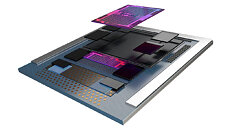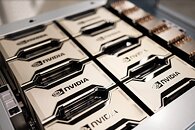
Mitsui and NVIDIA Announce World's First Generative AI Supercomputer for Pharmaceutical Industry
Mitsui & Co., Ltd., one of Japan's largest business conglomerates, is collaborating with NVIDIA on Tokyo-1—an initiative to supercharge the nation's pharmaceutical leaders with technology, including high-resolution molecular dynamics simulations and generative AI models for drug discovery.
Announced today at the NVIDIA GTC global AI conference, the Tokyo-1 project features an NVIDIA DGX AI supercomputer that will be accessible to Japan's pharma companies and startups. The effort is poised to accelerate Japan's $100 billion pharma industry, the world's third largest following the U.S. and China.
Announced today at the NVIDIA GTC global AI conference, the Tokyo-1 project features an NVIDIA DGX AI supercomputer that will be accessible to Japan's pharma companies and startups. The effort is poised to accelerate Japan's $100 billion pharma industry, the world's third largest following the U.S. and China.








































